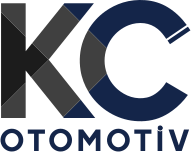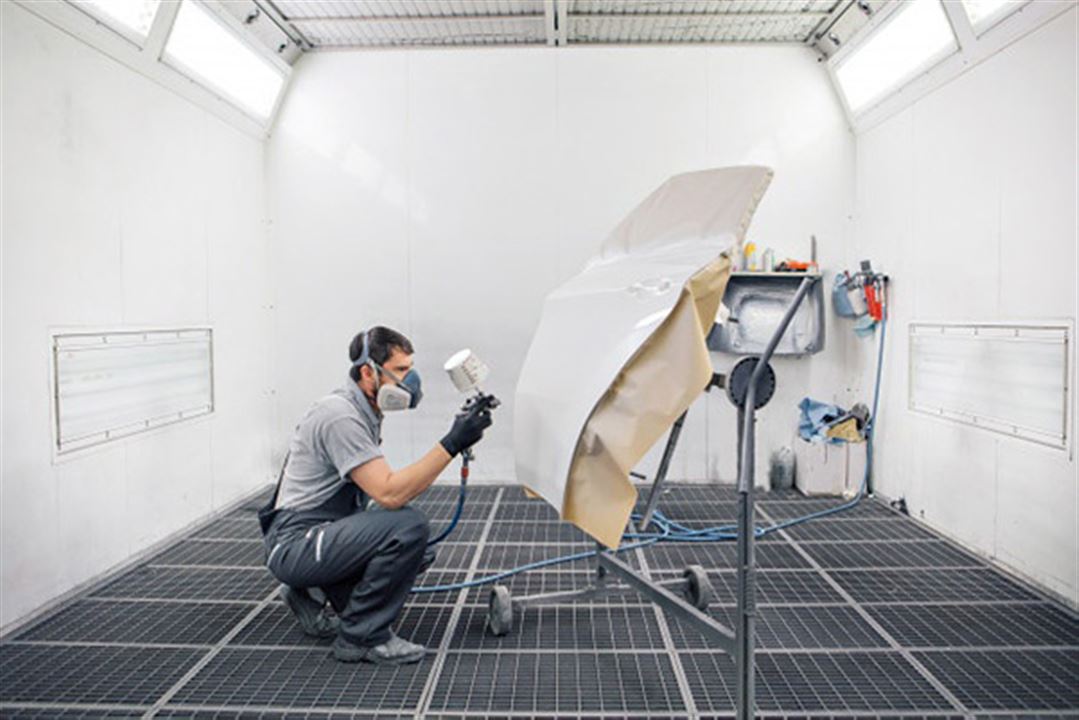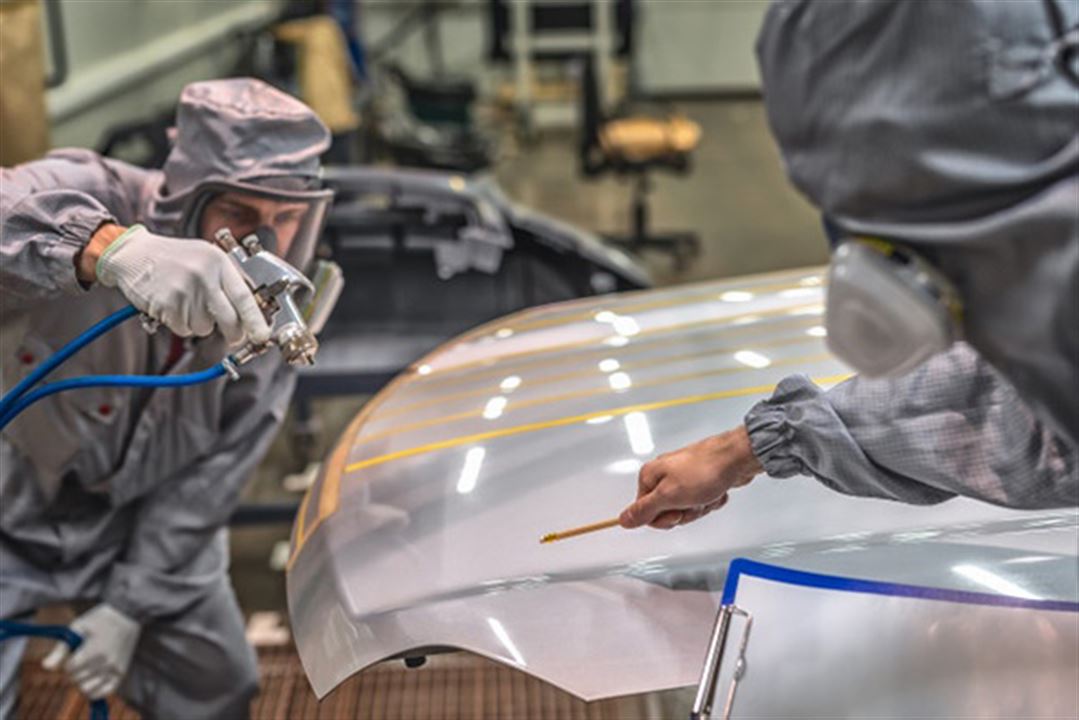Body and Paint Service
When your vehicle arrives at our service center, the first step is to examine how the damage occurred and the areas of the vehicle that were affected. This assessment helps determine the necessary parts and labor.
If a damaged part needs to be replaced, the area where the part will be installed is straightened, and the new part is fitted. If the part will be repaired, the most appropriate repair technique is selected, and the process is completed. Cutting, welding, drilling, and other procedures on the vehicle are carried out in a way that will not affect the vehicle's performance and appearance in the coming years.
If other units (mechanical, electrical, glass, upholstery, etc.) need to work on the vehicle during or after the bodywork process, the repair plan is created by determining which parts of the vehicle will be repaired and at what stage. Repairs are carried out with the correct sequence at the right time.
Paint and Body Repair for Damaged Vehicles
Painting a vehicle requires advanced manual skills, as well as knowledge of chemistry and optics.
Before starting the painting process, the vehicle is cleared of rust and corrosion. Rust and corrosion are removed using sandpaper, plastic discs, and other products.
Depending on the overall condition of the vehicle, the correct materials are selected; filler, primer, and final coat primer are applied. Between each step, appropriate waiting times are observed to ensure the chemical reactions are completed.
The vehicle's color is matched in our paint laboratory by entering the vehicle's paint code into the paint mix system.
The necessary areas are painted using the correct materials at the right time and in the right order.
The final coat of paint is applied in a paint booth at approximately 20°C and is cured in the booth for 40 minutes at 60°C.



